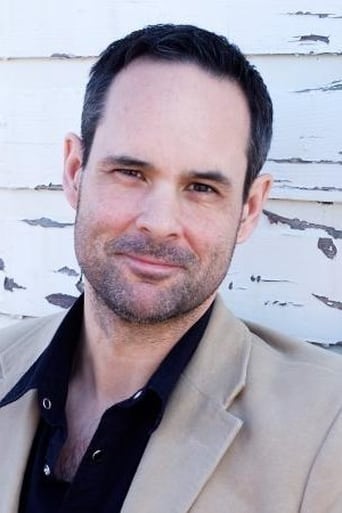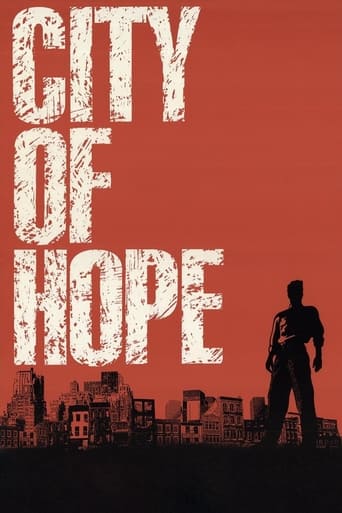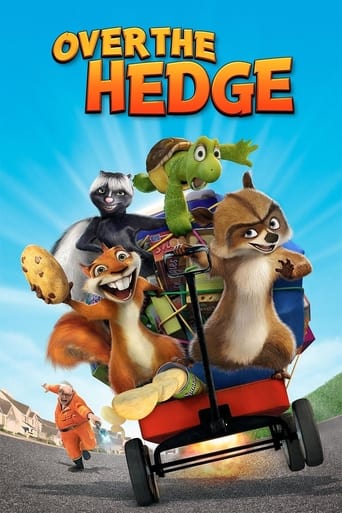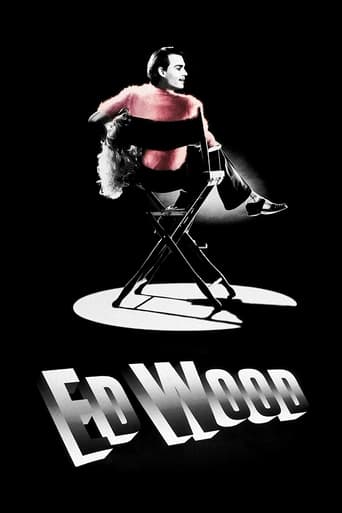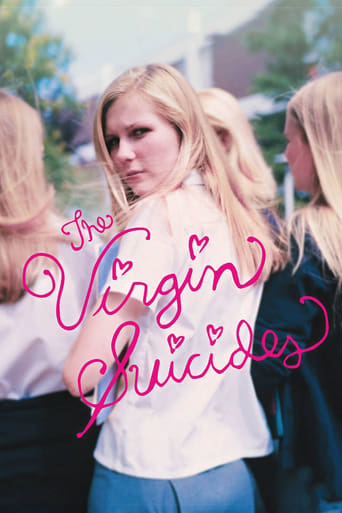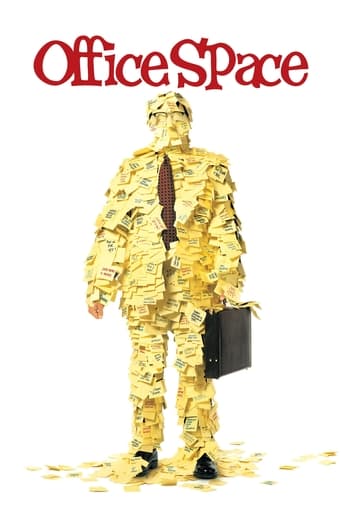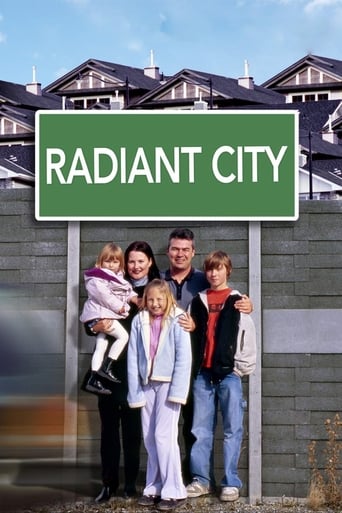
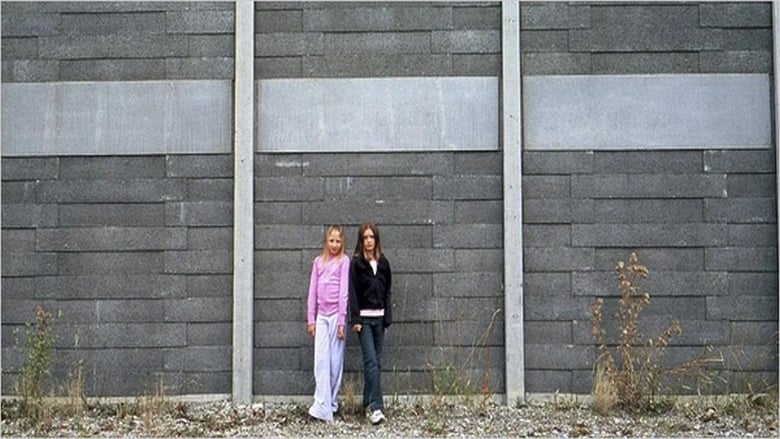
Radiant City (2007)
Since the end of World War II, one of kind of urban residential development has dominate how cities in North America have grown, the suburbs. In these artificial neighborhoods, there is a sense of careless sprawl in an car dominated culture that ineffectually tries to create the more organically grown older communities. Interspersed with the comments of various experts about the nature of suburbia
Watch Trailer
Cast


Similar titles
Reviews
Having been in the throngs of urban planning and real estate development, Radiant City caught my eye as an informative look at the "suburban sprawl" problems plaguing metropolitan areas today. If you take away the human stories in the film, you actually wind up with a fair accounting of what is currently happening to our cities in North America. The film is shot in Canada and it is refreshing to see that the USA has a lot in common with Canada. Sustainable development seems to have addressed the sprawl epidemic since 2006 and urban planners had stopped bellyaching about it so much. If the film would have stuck to statistics and more human behavior aspects of the suburban sprawl it might have had more impact, putting the human stories in certainly diminished the impact of the doc-u-statement.
I was initially attracted to this movie because there is a song by Alien Sex Fiend called, "Radiant City". It doesn't have anything to do with this film. But I am half way through it and it creeped me out as much as Gothic bands might creep conservative people out. As a person who has lived three places in her life -- small country town, European city and American city, San Diego, where I am now -- suburban life creeps me out. These people don't seem for real and since I took a breather to look this up half way through, I notice that maybe these people in the movie are actors and not really true suburbanites, so is this a play on how fake suburban life is in the first place? I thought this might be about the history of the suburb, which parts of it are, but it is more of showing it as a blight, but maybe not a 100% correct one...that loses favor with me. If these people aren't actors, then it is a good piece, because it shows me why I don't want to live in a big new house in the suburbs and be content with my overly small for American consumption 700 sq. ft. condo that is in a neighborhood that is one of the oldest in San Diego and walking distance to non-corporate restaurants, stores and local indie theatre, which ironically, would show this movie. The mom is like frantic Julianne Moore, maybe they should have gotten her for the role. Except I don't want to insult Julianne Moore by saying that.I am not a typical American, unlike a lot of people I know. Many people I know drive long distances to work in their overly large SUVs, SUVs they don't even need because they don't even have kids yet. Then these people complain about not being in walking distance of anywhere, how much gas is, or the time wasted commuting. Well, there are many places to live that are affordable besides the suburbs and I can't be convinced that more crime happens in the city than in the suburbs. There are plenty of kids in my neighborhood that play here and don't get shot, get in a gang or do drugs. I think the level of drug use might be higher in suburbs anyway, since those kids would have more money to buy them and less options as far as entertainment.In short, I am not sure how if I should recommend this or not. For one, it is a bit depressing and not too informative about the history of suburbs and if the director hired actors to play the roles, it is even sadder. It would get about an 8 if I knew these were real people, a 4 if they aren't so I guess I'll average those into an "ok" 6, since so many people in this film say their new large house are just "ok".I am glad I live where I do, even if there is crime here and there. It has a history, a sense of space, art and music festivals happen down the street and you can walk to a lot of places. I guess the film is scaring me into believing all suburbanites are crazy, neurotic, close minded people who can't get out of the circle of their own opinion enough to empathize with anyone else. Their kids grow up dysfunction because they can't walk anywhere or get a sense of an independence. The kids shooting paintballs really brought up school shootings to me, since most of the time, it happens in suburban areas. I think that might have been acted out rather than reality...I wonder how much of this movie is real and not staged. OK, maybe this film is just making me mad more than making me think!I have yet to see the end, but I feel it will be unsatisfying or at best, "ok".
Is there anything more deadening and depressing than the suburbs? This excellent Canadian documentary perfectly captures the anodyne character of North American bedroom communities with daft, inappropriate names like 'Evergreen','Copperfields' and 'Bordeaux'. Blending interviews with social scientists, architects, and just plain folks who find themselves commuting two hours of more every day in exchange for a cookie-cutter house in a cookie-cutter sub-division, Radiant City cuts to the meat of the matter when one of the talking heads equates the suburban lifestyle to a zombie movie. If you've ever lived in one of these wretched non-communities (as I did for ten long, tortuous years), you'll recognize yourself or someone you know amongst the film's protagonists, the Moss family, and their assorted friends and neighbours.
The pros and cons of the type of suburban sprawl that characterizes the second half of the XXth century, the exodus of the inner-city dwellers to the homes and low-rises of the suburbs, and the consequence of this form of urbanism on communities and people. Those are the primary topics of this needling documentary. By means of (1) following a family of sorts as they cope with the pluses and minuses of living on one of the residential pods of modern car-based urbanism, (2) fascinating statistics, and (3) interviews with academics, urban planners and critics, the film paints a mixed view, though the bias is obviously against that form of social organization. Some of the interviews are trenchant and humorous, especially those of James Howard Kunstler. Just those are worth the price of admission.The film has a surprise in store, but even after the cat is out of the bag, the main points are not in the least affected.


